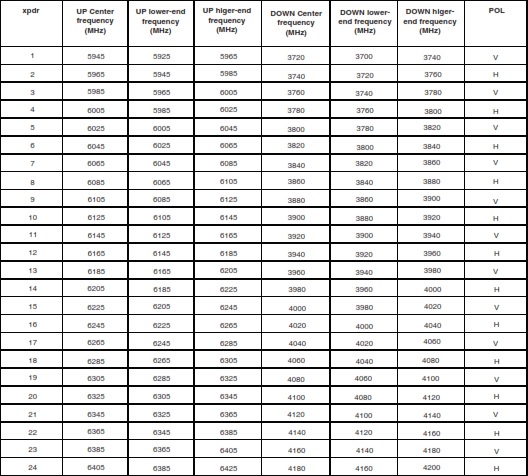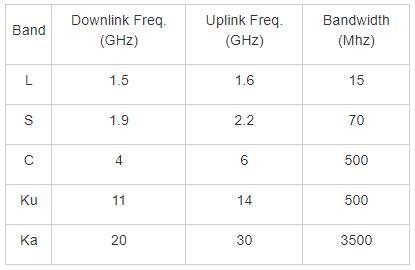

KU BAND DOWNLINK FREQUENCY TV
Services are largely used for high-powered satellites in digital TV to include things like news feeds, educational networks, teleconferences, sports and other backhauls, entertainment programming, and international programming. Widely used in the satellite communications world, Ku-band has been a popular choice for direct broadcasting since NBC began using it in 1983. The band is split into multiple segments to be used by different geographical regions (Americas, Europe, Africa, Australia, Indonesia). It is one of the major technologies used today for high-speed satellite Internet. Ku-band is under that in the frequency of 12 – 18 GHz. Ku-band, a portion of the electromagnetic spectrum, is the lower part of 3 bands of the original NATO K band (an obsolete designation given to radio frequencies ranging from 20 – 40 gigahertz (GHz). We’re going to discuss more what Ku-band is and how it works as well as the advantages and disadvantages of using it in satellite communications. They both can reach speeds of up to 100Mbps which is what you want for streaming, downloading HD, Internet surfing, and sending and receiving data. Power density, antenna size, the elevation of the satellite, receivers, and weather all play a role in the effectiveness of a connection whether it be Ku-band or ka-band. Even though Ka-band technically has a higher frequency and higher bandwidth often leading to fast connections and optimal reliability, that doesn’t mean that you can’t get the high throughput you desire with Ku-band. You also need reliable connectivity you can count on. You want a higher bandwidth, clear audio and visual, and faster connection speeds. So, how does this affect someone utilizing Ku-band to broadcast?

This results in bandwidth in the mid-range. Not to be confused with Ka-band, Ku-band (which stands for Kurz under) falls in the middle in terms of frequency, utilizing the approximate range of 12-18GHz of radiofrequency. Ku-band is best known for its use in satellite broadcast communications. Ku Band and its Use in Satellite Communications


 0 kommentar(er)
0 kommentar(er)
